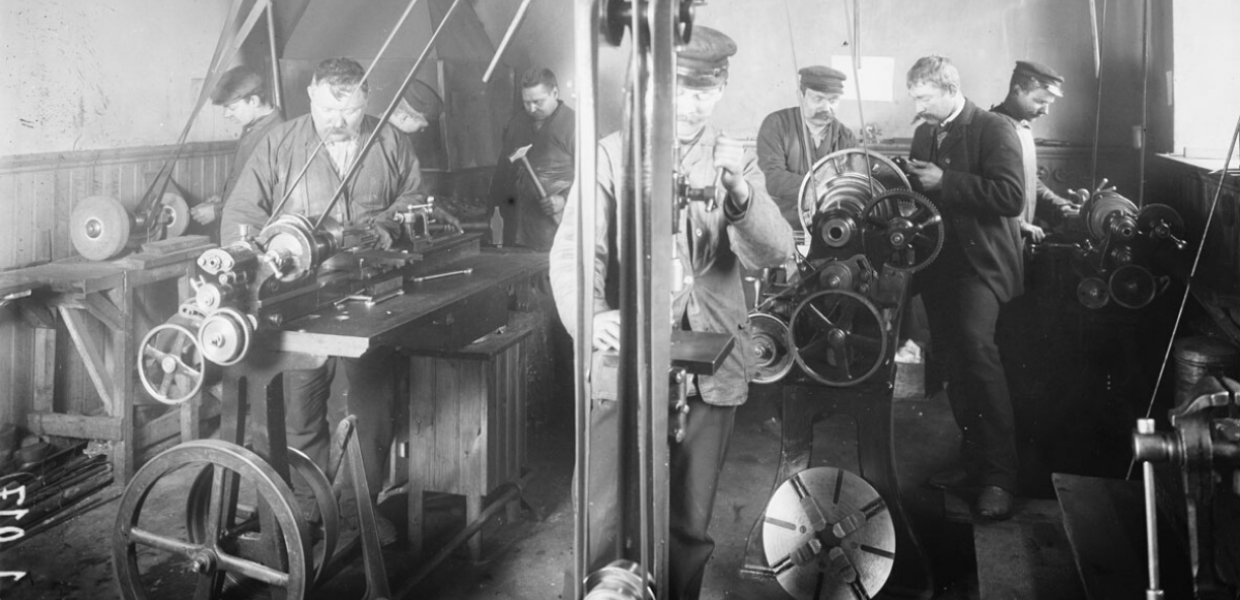Tekniska museet has been providing their data to Europeana Collections via SOCH (the Swedish National Aggregator) since 2009. Yo were one of the first cultural heritage institutions in Sweden to share their data through their national aggregator, and today, more than 128,000 of their objects are available on Europeana.eu. Why is it important for you to continue sharing your collections on a European platform?
Our experience has been very positive. When we migrated to another database system and created new principles for our data in 2016, our colleagues at Europeana were very helpful in changing our data sets, and this year, we decided to make even more of our material digitally available. Above all, we recognise that through Europeana, our images have a wider reach across Europe.
Tekniska museet has contributed the largest collection of objects to Europeana’s Industrial Heritage collection, and been involved in their Europe at Work season. What was the importance of this for your institution?
Our mission is that the collections and cultural heritage material that we manage reach as many people as possible. As ‘Europe at Work’ and the thematic collection help people to find relevant data, it is positive for us that our collections have been so prominent in these initiatives. Tekniska museet is also active in the Swedish Industrial Heritage Association and ArbetSam, and we see possibilities for so many other museums of work and industrial heritage in Sweden. As the Swedish central museum for technical and industrial history, we engage with the sector to preserve cultural heritage and make it accessible. We encourage smaller working life museums to use resources such as Europeana to find images, objects and information.




